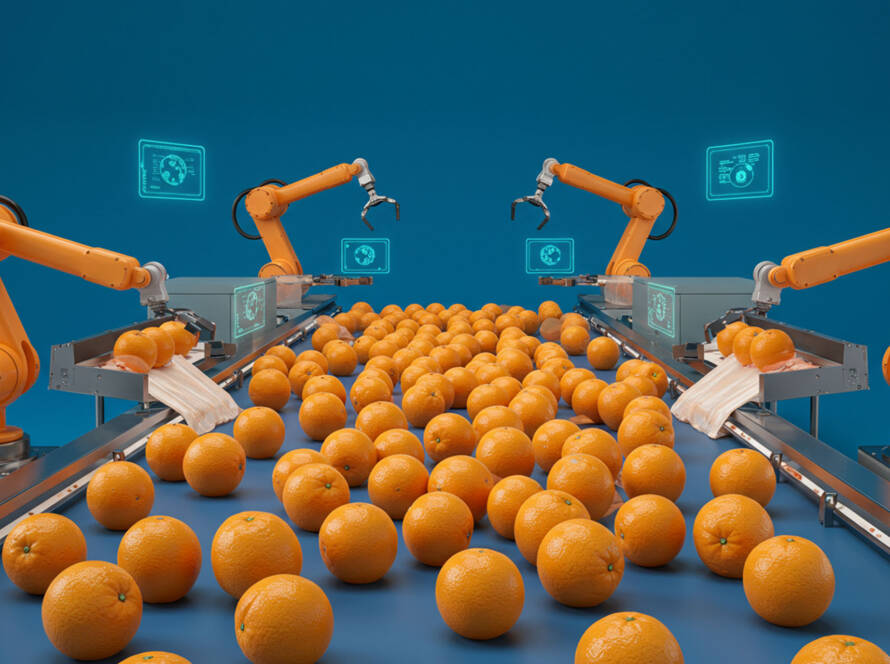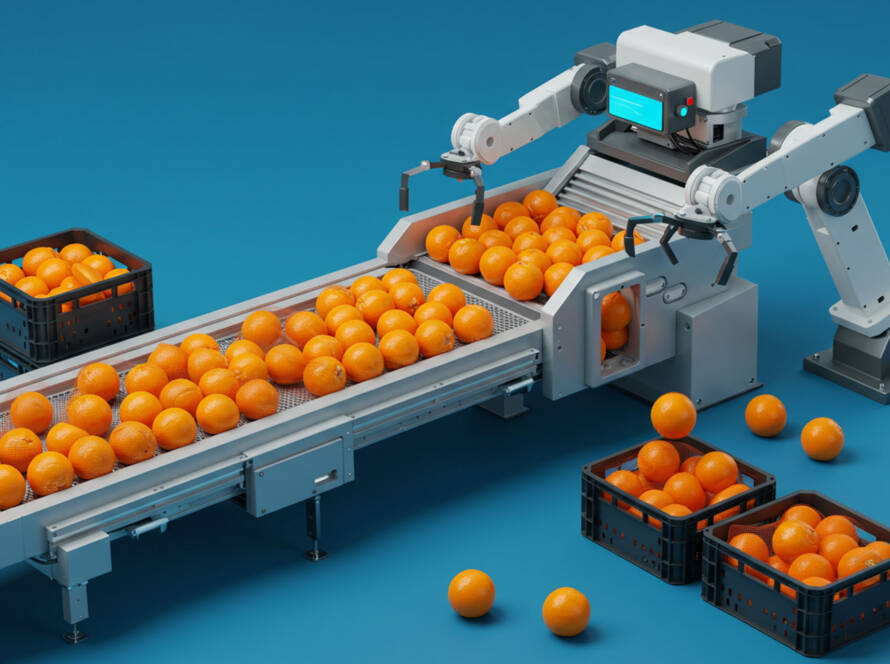Introduction
The quality of agricultural products plays a crucial role in the success of exports and local sales. With the development of electronic sorting technologies, accuracy has significantly improved, reducing human errors and ensuring higher product quality and longer shelf life.
Traditional vs. Electronic Sorting
| Aspect | Traditional Sorting | Electronic Sorting |
| Accuracy | Low, depends on human labor | High, powered by AI |
| Speed | Slow, requires many workers | Fast and efficient |
| Waste Rate | High due to human error | Low with precise defect detection |
| Operating Cost | High due to labor expenses | Lower in the long run with automation |
Benefits of Electronic Sorting
- Enhances production efficiency by accelerating sorting and reducing manual labor dependency.
- Reduces waste by precisely detecting and removing defective produce.
- Ensures consistent quality, strengthening brand reputation and customer trust.
Conclusion
Electronic sorting is the future of the industry, providing higher efficiency and uniform quality to meet global market demands.



